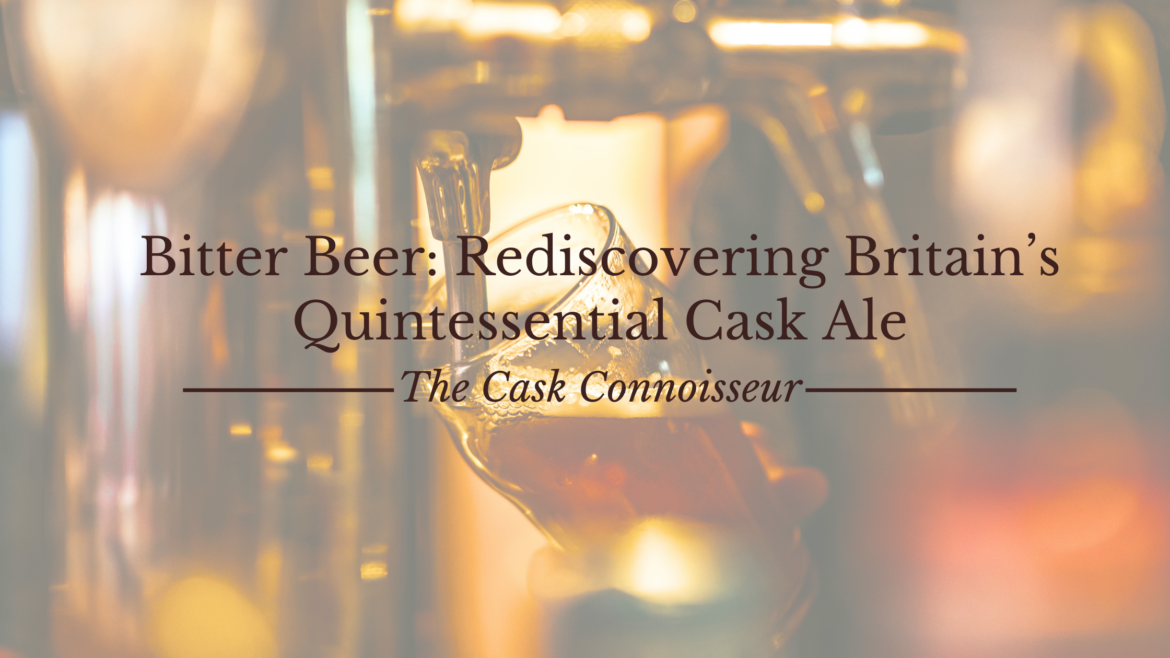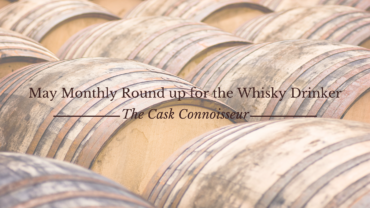In a world of triple-hopped IPAs, pastry stouts, and sour beer experiments, it’s easy to overlook the classics. But tucked away behind the handpulls of your local pub is a beer style that’s been quenching British thirst for generations: bitter.
Unassuming in name, modest in strength, and subtle in flavour, bitter might not be the loudest pint at the bar — but it’s often the most rewarding. For fans of cask-conditioned ales and traditional pub culture, bitter remains a quiet masterpiece worth rediscovering.
What Is Bitter?
At its core, bitter is a traditional English pale ale. It’s typically amber to copper in colour, moderately hopped, and designed to be sessionable — meaning you can enjoy more than one without knocking your socks off.
There are generally three tiers of bitter:
- Ordinary Bitter: Around 3.4–3.8% ABV, light and easy-drinking.
- Best Bitter: Around 3.8–4.5% ABV, more malt-forward with greater depth.
- Extra Special Bitter (ESB): Around 4.5–5.5% ABV, richer and fuller-bodied.
The name “bitter” originally distinguished it from sweeter mild ales, but don’t be misled — it’s not overwhelmingly bitter like a modern West Coast IPA. Think gentle herbal hop notes balanced with caramel, biscuit, and a dry finish.
Why Cask-Conditioned Bitter Is Special
Bitter reaches its full potential when cask-conditioned — the most traditional way to serve it. This means it undergoes secondary fermentation in the cask, right up until it’s poured. The result? A natural sparkle, soft carbonation, and evolving flavours that simply can’t be replicated in a keg or bottle.
Cask bitter is usually served at cellar temperature (11–13°C), which allows its nuanced flavours to shine. There’s a softness and roundness to a well-kept pint of bitter that can be incredibly satisfying.
But be warned — poorly kept cask ale can turn even the best bitter into a disappointment. That’s why it’s worth seeking out pubs that take pride in their cellars and rotate their beers frequently.
What Does Bitter Taste Like?
Tasting a bitter is like walking through a harvest field in late September. Expect:
- Malt character: Toasted bread, toffee, light caramel, digestive biscuit.
- Hop notes: Earthy, woody, floral, occasionally citrusy — especially from English varieties like Fuggles or East Kent Goldings.
- Finish: Crisp, dry, and subtly bitter — it refreshes the palate rather than overpowering it.
Five Bitters Worth Seeking Out
If you want to experience what this style has to offer, these classic examples are a great starting point:
- Timothy Taylor’s Boltmaker – Yorkshire-born, beautifully balanced with a slight dry bite.
- Fuller’s London Pride – An iconic ESB with a rich malt body and rounded hop bitterness.
- Harvey’s Sussex Best – Deeply traditional with a unique yeast character and earthy complexity.
- Adnams Southwold Bitter – Light, elegant, and gently floral — perfect for coastal sipping.
- Hook Norton’s Hooky – A Cotswolds classic with biscuity malt and mellow hops.
(Want to see us taste one of these live? Head to our YouTube channel!)
Why Bitter Deserves a Comeback
There’s a reason bitter has stood the test of time:
- It’s accessible – Lower in alcohol, gentle on the palate, and deeply satisfying.
- It’s local – Often brewed regionally and consumed fresh.
- It’s sustainable – Less packaging, lower transport emissions, and often available in refillable containers.
- It’s balanced – In a market of extreme flavours, bitter is about subtlety and skill.
In many ways, bitter is the antidote to modern beer fatigue. It rewards repeat sips, quiet conversation, and long evenings at your local.
How to Enjoy Bitter Like a Connoisseur
Want to get the best out of your next pint of bitter? Here’s how:
- Choose your pub wisely – Look for Cask Marque accreditation or consult the CAMRA Good Beer Guide.
- Avoid extremes – Bitter is at its best fresh and cool — not too cold, not too warm.
- Use the right glass – A traditional nonic pint or tulip glass helps enhance aroma and head retention.
- Pair it with food – Bitter loves pub classics: ploughman’s lunch, pork pies, sausage rolls, roast chicken, or even a Sunday roast.
Final Sip
In today’s world of bold beer experiments, bitter is a reminder that less can be more. It’s a celebration of balance, craftsmanship, and comfort. So next time you find yourself at the bar faced with a lineup of wild and wacky brews, take a moment to consider the handpull. Behind it might be the most authentic pint you’ll drink all year.
Here’s to bitter — and to the quiet brilliance of British cask ale.





